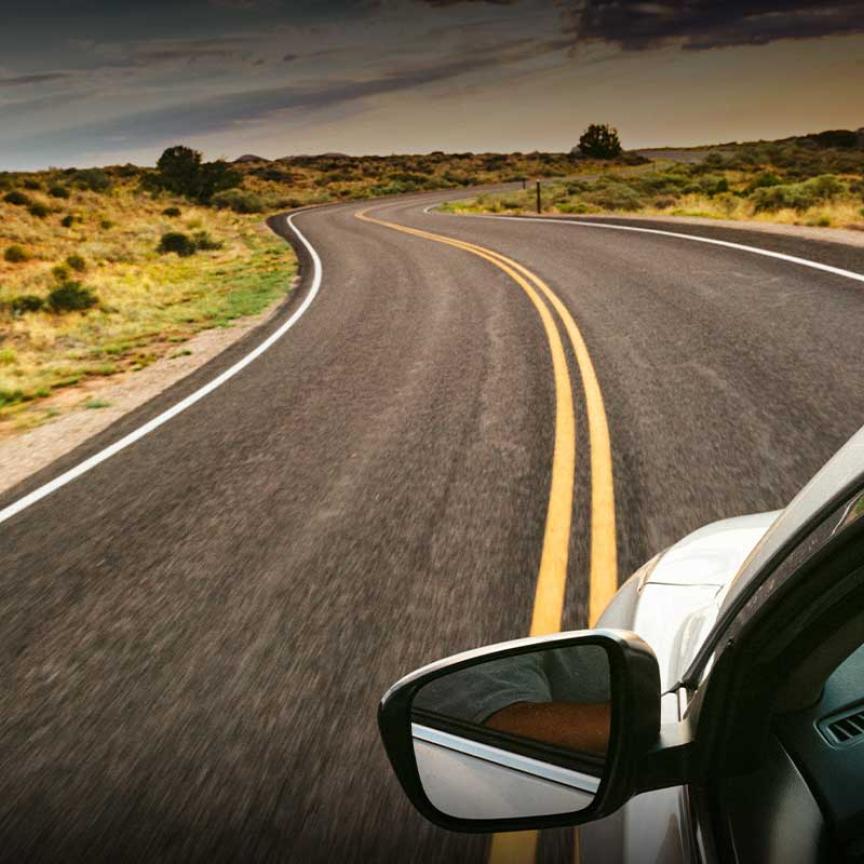It is not just safety but position sensing, speed and temperature monitoring, among other applications, that has driven the requirement for cameras and image sensors in the automotive sector. That was the view of speakers at the Image Sensors 2014 conference in London on 20 March.
‘The number of applications for cameras in cars is quickly increasing,’ said Cliff de Locht, marketing manager for Melexis in Belgium. And, cars will be equipped with more and more of them in the near future, according to Dr Thomas Niemczyk, system architect for BMW in Germany: ‘The amount of cameras and image sensors in the car will increase tremendously in the next few years.’
But experts also said that, as sensors are set to increase, there needs to be increased communication between OEMs, Tier 1 supplies, and image sensor vendors to meet all the specifications required in an automotive camera system. Professor Patrick Denny, senior research engineer for Valeo Systems in Ireland, said: ‘There is a clear lack of understanding among these three parties [OEMs, Tier 1 suppliers and sensor integrators] in an industry that has started to have the largest growth in image sensors of an application. It is being used in life and death situations in vehicle, and people really need to talk to each other and we need to bridge this gap.’
Denny says the specification guidelines from OEMs to sensor manufacturers are not clear enough, which is part of the reason why the technology is not matching stringent requirements from OEMs: ‘It is very difficult for OEMs close to vehicular end customers to articulate their needs. One of our OEMs comes to us and tries to describe an application, but it is very hard to express it in a language where he leads us into the application and gives us boundaries. It is very difficult for sensor vendors to understand what is required, and it is very difficult for us [Tier1] to mediate.’
By 2015, all cars sold in the USA will be required to have a rear-view camera. This has been sparked by the fact that more than two children every week are fatally injured on the road in the USA. The cause of this in part has been due to the design of many modern vehicles giving very low rear-view visibility to the driver. ‘With some of the SUV vehicles you can put many children behind the car without seeing them,’ said Denny.
Currently, the newer premium cars typically have forward looking cameras located at the front of the car, surround cameras at the side of the car, and rear-view cameras at the back of the car. The integration of cameras, without compromising the aesthetics of the car, is important, according to Niemczyk: ‘Cameras are becoming a design issue. The design of every car is different, and there are very special needs for every OEM.’
For BMW, the integration of cameras into the side mirrors of a car is a challenge due to limited room. ‘What can be inside such a mirror and the available space for the camera is very small. We are constantly asked to make the camera smaller,’ explained Niemczyk. ‘There are quality issues; how it has to be resistant to water and dust for example. This will be a big challenge in the near future.’
Martin Edney, lead system engineer for Jaguar Land Rover agreed that, as the number of cameras in cars increase in the near future, their integration will become more difficult. ‘Adding more sensors to the vehicles is a major challenge,’ he said.
This requirement from OEMs has led to a decrease in the size of packaging, which has led to problems caused by excess heat. ‘As we are always moving smaller and smaller to hide these cameras from the customer, this is then increasing the heat inside the camera,’ said Edney.
The issue of heat is a major challenge for Tier 1 suppliers and image sensor vendors, says Valeo Systems’ Denny: ‘Denser packages with enhanced image signalling processing were squeezed into smaller housings with other electronics and power supplies. This resulted in greater heat experienced at the imager.’ And, environmental temperatures that the camera has to withstand also add to this problem. ‘The typical automotive temperature range is -40°F to +85°F,’ Denny added. ‘So, if you add another 15 degrees for the actual electronics, you’re up to above 100°F. When you add certain applications, you have to add an extra 20°F.’
The perspective of the OEMs was that they wanted image sensor manufacturers to come up with a solution that would not affect the size.
‘We don’t want to have to add extra components to keep them cool,’ stated Jaguar Land Rover’s Edney during his presentation. ‘We want clever techniques to be able to manage our own thermal heat.’


